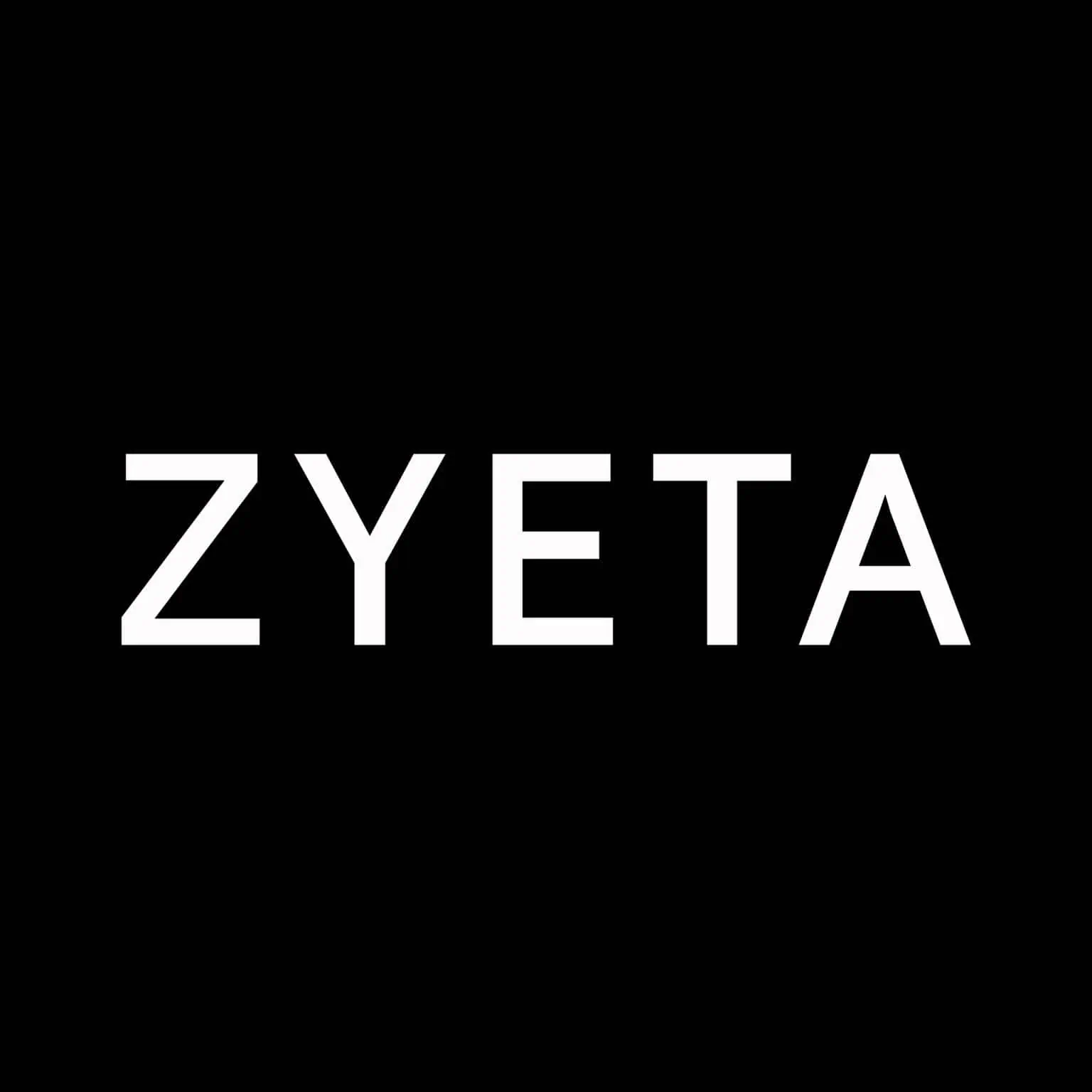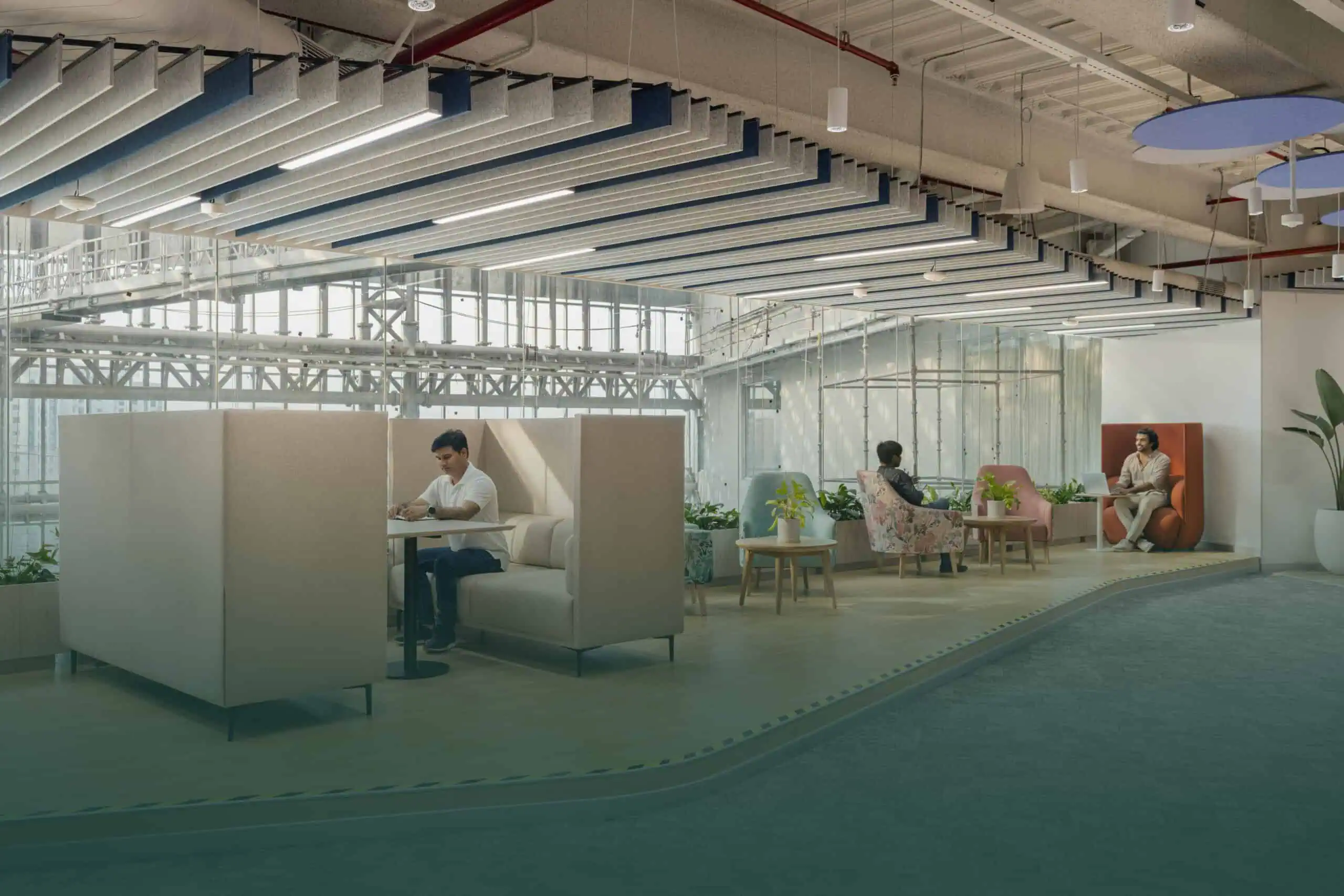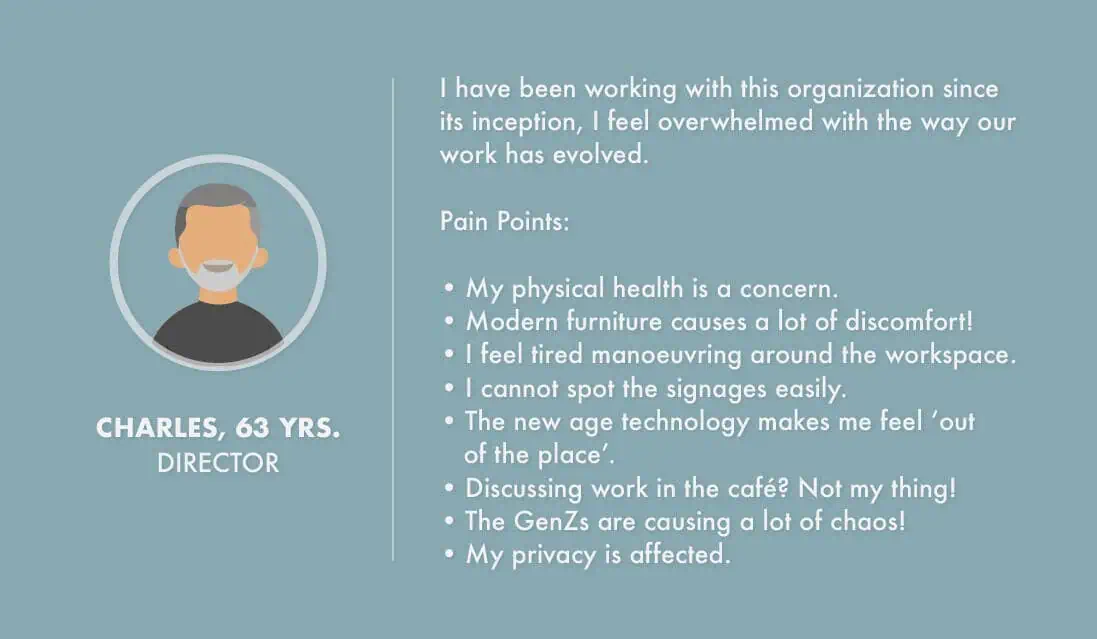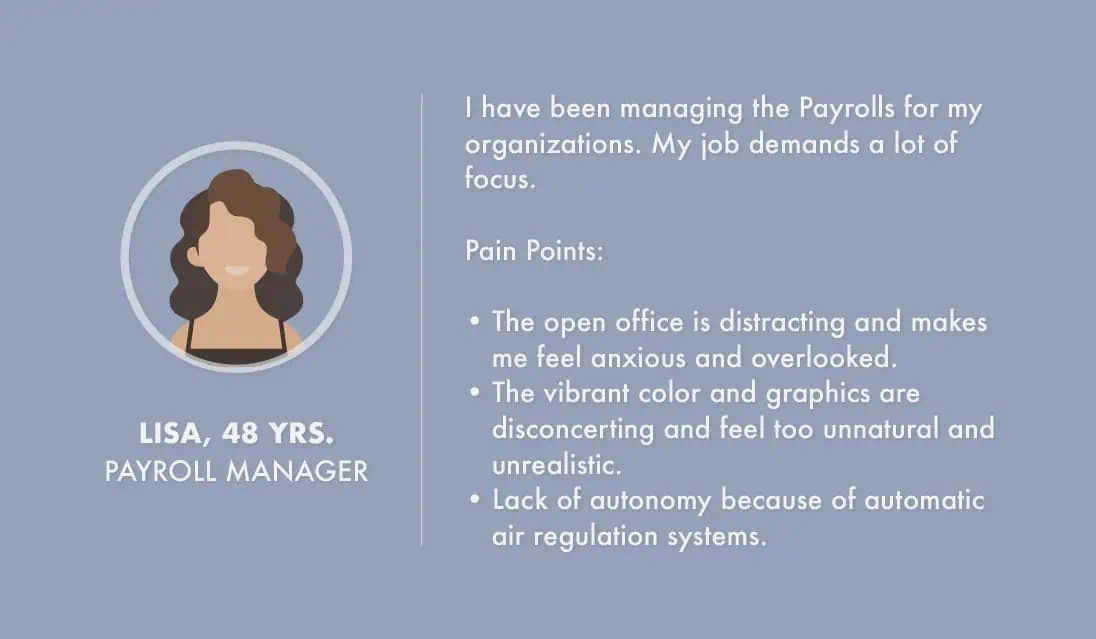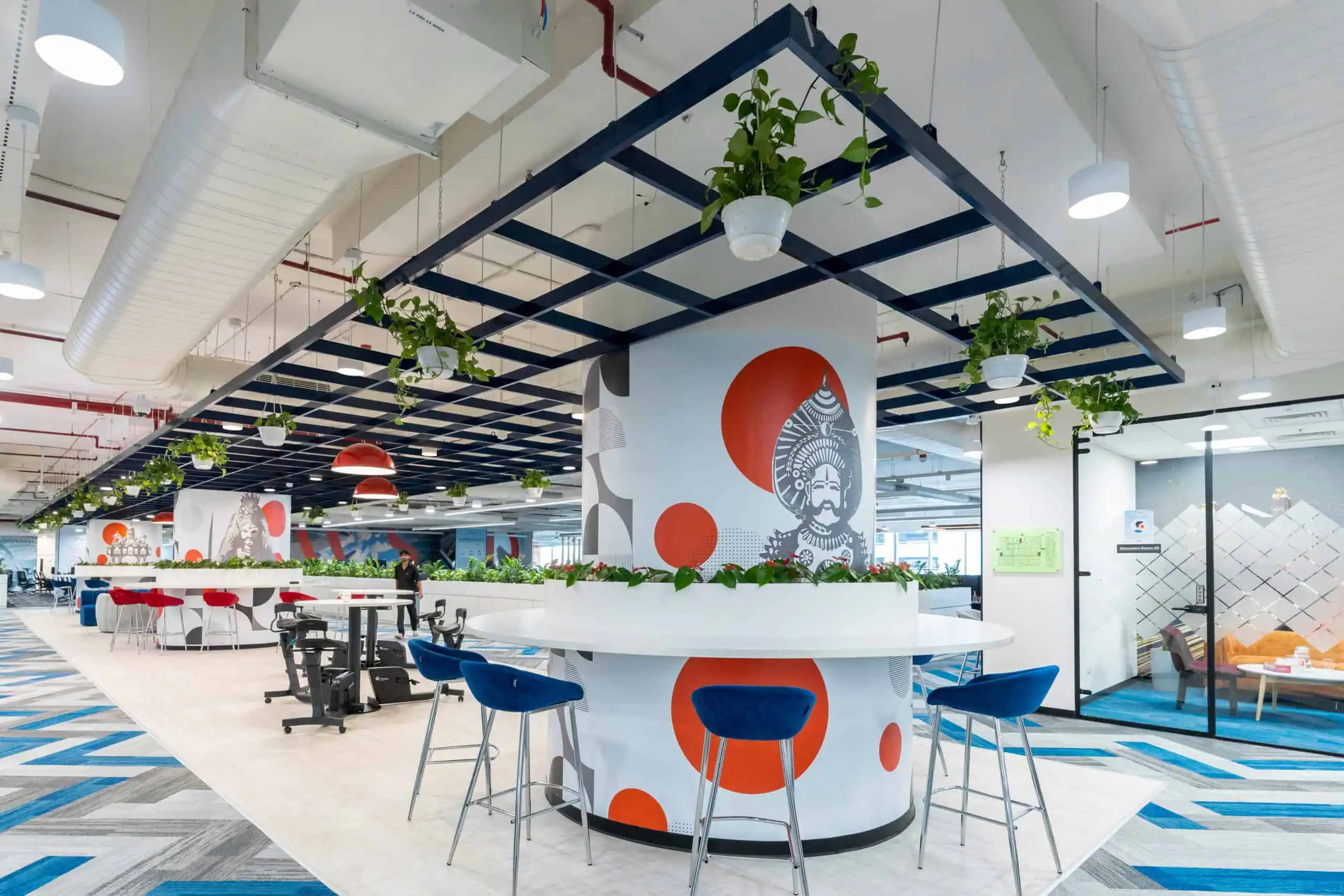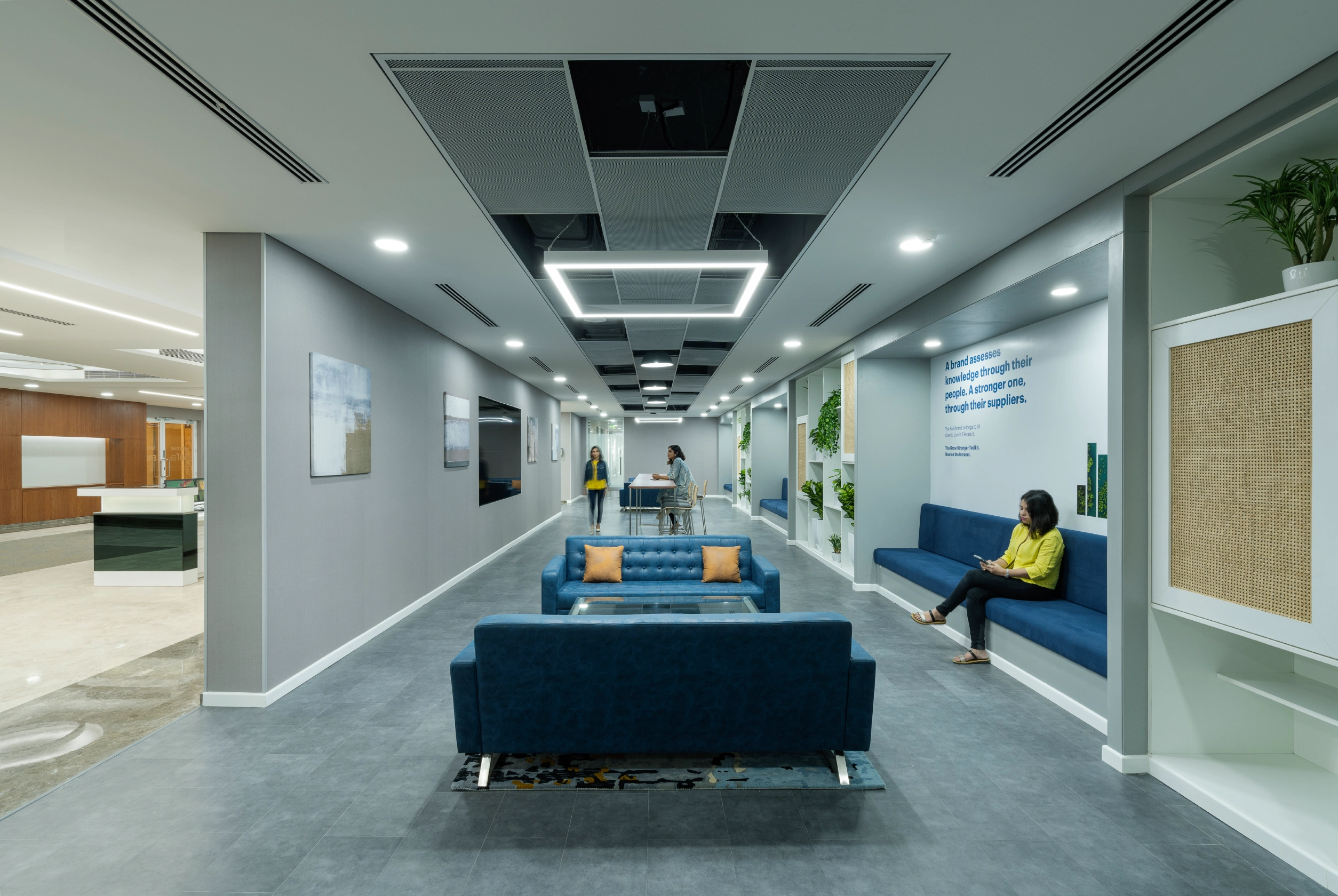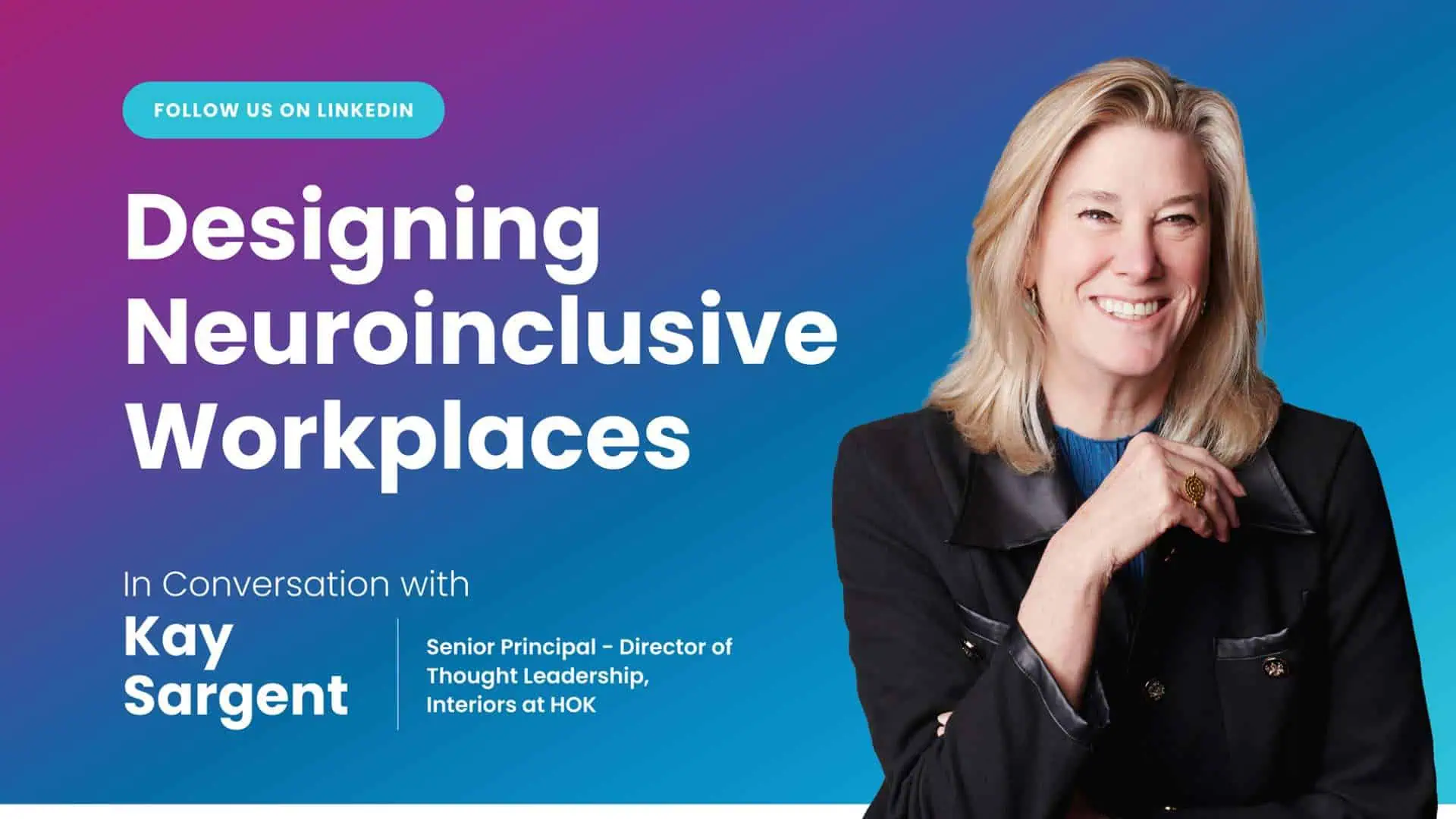If we asked a diverse group of people to imagine an office space, everyone would have a different notion about it. Some would imagine a space with linear cubicles and cabins, while others would think of an open floor plan with an organic furniture layout; whereas some would think of bean bags and barstools. Various factors govern this difference in imagination; one of which is the generational social fabric. People born during a certain time and age have a common perception about how certain spaces should look and feel. Over time, these stereotypical images become the characteristics of every spatial setting. Hence, people from every generation view workspaces from a different perspective.
The Shift in the ‘Workplace’ Perspective
With the increased need to create safe and conducive workplaces post-pandemic coupled with the remote and virtual working revolution, the idea of work and workplaces has undergone a paradigm shift. But how you address this shift depends on your real estate portfolio, your workforce demography, and your brand identity. There has been this notion that the “modern office” needs to be in a prescribed format of – collaboration space, community area, bean bags, and energetic graphics. While there is nothing wrong with that, this concept is much deeper than it appears.
Let us break it to you – There is no prescribed format! Yes, having a new-age workplace is the right choice, but every nook and corner needs a design justification and purpose. Hybrid is not a size fits all solution, it is in fact an ocean of opportunities, and brands have to make a calculated decision on customizing their space as per the new age requirements and standards.
The Gap in Generation & Perspectives
The present global working population spans 5 generations; all thanks to the availability of better healthcare infrastructure and revised retirement policies. The contemporary working class is an interesting mix of the Silent Generation, Baby Boomers, Gen X, Millennials, and Gen Z. The work ethic, purpose, culture, values, and behaviour of each of these generations are distinct based on the socio-cultural setting they were nurtured in.
On one end, the older generation has accumulated years of experience in the business and on the other end, the younger generation is paving the way forward for achieving more success. Hence, the requirements of both these sections should be considered for developing a holistic office space that encourages the employees to be productive. However, the contemporary office designs may have a bias towards the younger population as they will work longer than their older counterparts. This approach needs to be undone, as every employee deserves an office space that provides them with a comfortable environment to work.
Addressing the Gap Through Design
Technological advancements, innovation, and a shift in the user persona have been significant contributors to change in office spaces. While the younger generations have embraced technology as a lifestyle essential, the same is not true for the older generations. A 2019 report from Chargifi states that office designs with a one-size-fits-all approach are failing to meet the expectations of an intergenerational workforce. Hence, it can be established that office designs have to be progressive yet accommodative of every user’s needs.
The key to an office design for a multigenerational workforce is to have a flexible layout. This implies that an office should have multiple workstation models where people have the choice to select their preferred work desk. Thus, what brands need is the right strategy. A feasibility study must be conducted to know the workforce demography, background, and requirements. A workforce survey can further help in understanding the cognitive and psychological sensibilities of the people.
Moreover, a change management initiative can further help in educating the leaders to foster a positive change and lay down a strategy to convey this change across the organization.
For instance, for one of our clients- a young start-up brand, we devised a plan to have a tech-integrated workplace with bold graphics, a variety of seating like bar stools, swing seating, casual informal collaboration zones, play areas and stepped seating, etc. to appeal to the bustling young crowd of the organization.
Whereas, for another client- an age-old traditional brand, we laid a plan to design a new age office with modern technology but with equal focus on well-being, advanced ergonomics, conscious efforts to reduce the travel time across the floor plates, provide provisions to amenities at equal intervals. The space was adorned with a subtle color palette and soothing graphics. This also included hierarchies of collaboration spaces and a feasible proportion of hot desks and assigned desks; open and confidential zones etc. Thus, this helped the aging workforce to make an easy shift into the new age style of working.
Addressing the Aging User Personas
In our recent post on characteristics of the aging workforce, we discussed some user personas from Gen X and the baby boomer generations. Let us have a look at those, and try to decode the design solutions suitable for these personas:
What does Charles need?
Charles is concerned about his health and thus his workplace must ensure a healthy work environment with ergonomic seating, clear placemaking techniques, easy-to-navigate spaces, legible signages, etc. making this everyday work experience safe. While to cope with the technology he needs assistance and help and encouragement in learning; he is also new to the Gen Z style of informal collaboration and might need a good mix of formal, semi-formal, and closed collaboration spaces.
At this age, the new work modes can be overwhelming, and hence Charles surely needs focus areas and spots in the office for private and acoustically insulated work zones.
What can improve Lisa’s workplace experience?
Lisa is in the mid-age of the Gen X generation and has to manage resources and is responsible for certain major decision-making processes. Thus an open collaboration might not always work, she needs access to one-to-one meeting rooms and needs to have quiet space away from the circulation areas for privacy. Lisa’s age is where biological transitions happen, and thus she needs a soothing calm environment to not get easily distracted by the hustle and bustle of the office.
What can help Bailey thrive better in the workplace?
Bailey needs a supportive culture to get a hand in evolving technology and to manage his young team better. His job requires him to attend meetings, manage teams, etc., hence needs to have easy access to various zones and hierarchy of collab spaces as per the nature of his meetings. While he needs to keep a tap on his young team around the office he also needs a personalized space to help him organize his tasks better.
In Conclusion
“In the near future, we shall see a good mix of 4 generations under one roof, contributing to the business growth. While the Millennials and GenZs bring in their fresh ‘out of the box’ ideas, the older generation brings in their wisdom & expertise.
Having said that designing for the older generation would need to accommodate a range of physical and cognitive activities.“
– Smitha Naik Deshpande, Regional Head, Zyeta-Pune
